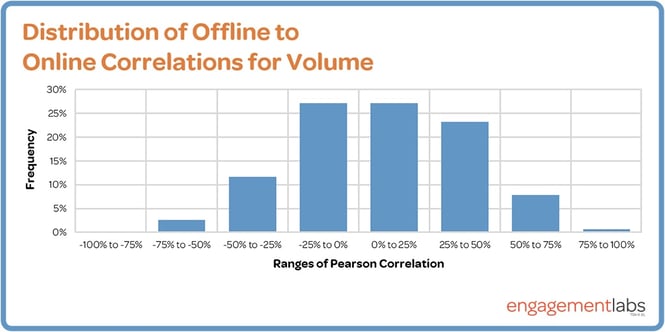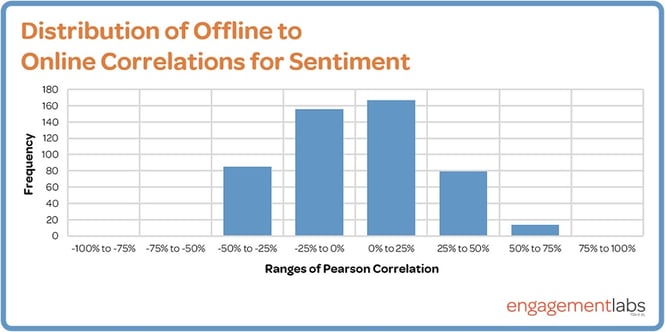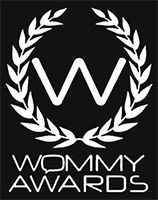MARKETERS NEEDS TO MEASURE AND MASTER BOTH
One of social media’s key attractions to marketers is the window it provides on authentic conversations and opinions of consumers, as both a marketing channel and an insights platform.But do the conversations in social media accurately reflect consumer conversations about brands more generally – the conversation people have in person with family, friends, colleagues at work, and so forth? If consumer conversation is an iceberg, then social media is the visible “tip” above the ocean surface, while offline conversation is the largely invisible portion that lies beneath surface. How well does the social media tip of the iceberg reveal what is a much larger conversation happening in real life?
We have recently completed extensive new research looking week-by-week at social media and word of mouth conversation about more than 500 brands over the course of a year and it demonstrates that the answer is, not well at all. While there is a modest correlation between online and offline conversation volume, such correlations are too infrequent to be relied upon. Correlations are near zero when it comes to other important metrics such as sentiment, sharing of branded content, or engagement by influencers.
Marketers who rely on social media conversation alone are listening to only a part of what consumers say about their brand and are vulnerable to making misguided conclusions based on this as to consumer conversation writ large.
Comparing offline and online conversation
Our analysis of the 500 brands includes four metrics each for offline conversation and online social media.
- Volume: Each brand’s share of conversation among the 500 brands, online and offline.
- Net Sentiment: The share of conversation that is positive about the brand, minus the negative share.
- Brand Sharing: The total amount of sharing of a brand’s marketing content, either digitally in social media, or by talking about the brand’s advertising/marketing.
- Influence: The volume of conversation among key influencers, indexed against the volume of conversation among all persons.
In each case, we looked at weekly data for the entire calendar year 2016, meaning there were 52 observations for each of the 500 brands for each of the metric.
Starting with volume, the findings were mixed, and followed a normal “bell curve” distribution with a mean near zero, indicating that measured correspondence between online and offline conversations often were driven by chance. The results are shown in Figure 1.
Figure 1

In 58% of cases, there was a positive Pearson correlation, but in only 31% were those greater than 25%. In 41% of cases, there was a negative correlation, including 14% of cases when those were greater than -25%. Thus, we found more positive than negative correlations, and the average correlation was +8.5%. But for all practical purposes, the association was not sufficient that a brand marketer could reasonably assume that one is a mirror to the other. When it comes to measuring changes in volume, the social media “tip of the iceberg” doesn’t tells us a lot about offline conversation that is happening under the surface.
Volume of conversation tells part of the story for a brand. Sentiment is a key metric for understanding brand performance, too. The same test was undertaken for net sentiment, which is based on the percent of sentiment that is positive minus the percent negative. Here we see a positive correlation of less than 1%--in other words, no meaningful correlation at all.
Figure 2

Two other metrics included in our analysis, brand sharing and brand conversation among influencers, also showed no correlation between online and offline conversations. On the same type of a weekly trend basis throughout 2016, the correlation for brand sharing was essentially zero: .4% Thus, it is fair to conclude that consumer engagement with brands’ marketing content works entirely independently offline and online.
The final metric, influence, is a measure of the degree to which the brand has better conversation performance among the most influential consumers versus average people. On this metric there is a slightly negative correlation (-2.3%) over time. It seems fair to say that influencer marketing strategies for brands need to be considered entirely independently from each other.
Brands operate in two different social ecosystems, offline and online
Elsewhere it has been demonstrated that consumer conversation drives sales, with offline conversation and social media each playing a role. This new research demonstrates clearly that brand performance online and offline are quite different phenomena. Both are important to brand success, but relatively few brands earn the same level of success both online and offline. This suggests that brands need to embrace a strategy that deliberately fosters both online and offline social sharing and recommendations.
We began with the analogy of an iceberg, and the question of whether the visible social media “tip” is predictive of the offline conversation below the surface. We have concluded that the answer is no. Another apt metaphor is the concept of ecosystems. Online and offline conversations occur in two vastly different ecosystems, as different as ocean from desert, and tropical from temperate. Marketers can best drive business performance if they can find success in both ecosystems, but they will need careful preparation. Success in one ecosystem does not automatically translate into the other. Only a marketer prepared with a good map, a smart strategy, and the right gear can expect to thrive in both the online and offline ecosystems.
Check out our eBook, Lessons From The Leaders of Social Influence, to see online and offline conversation data in action.






